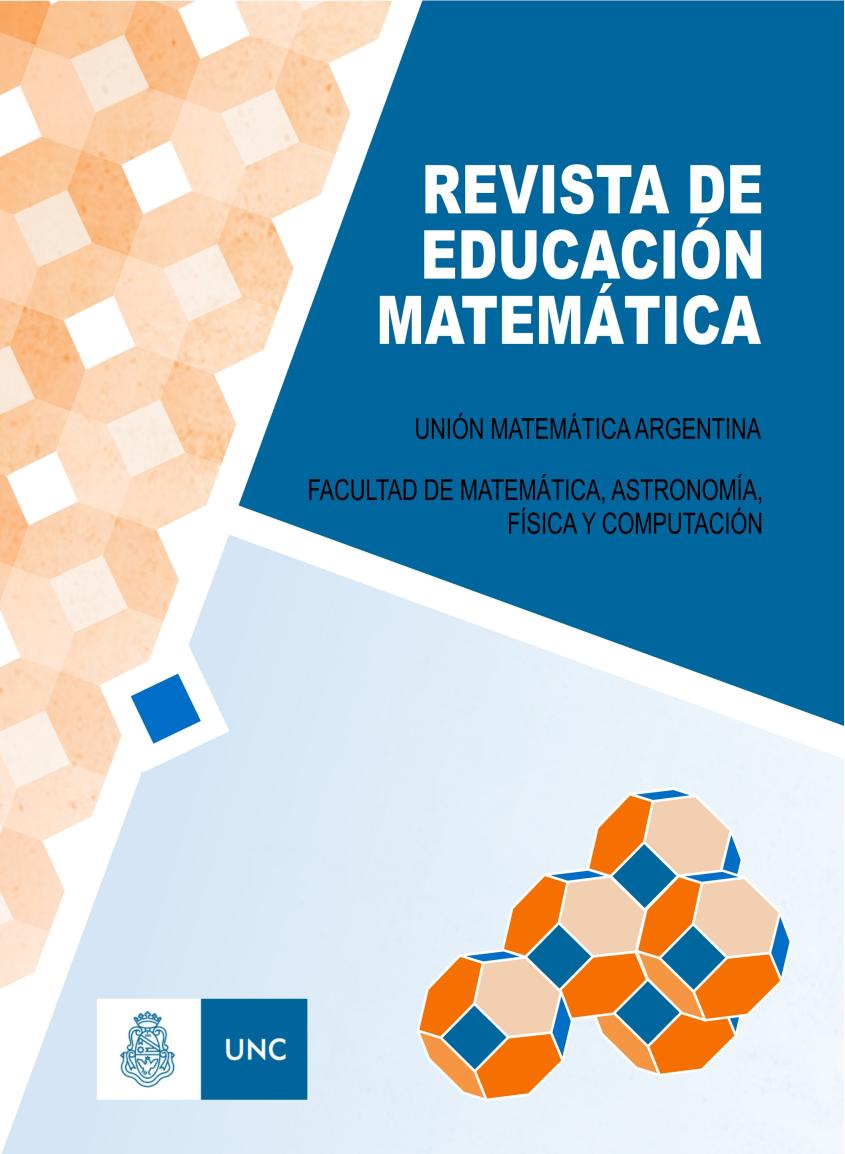LAS SIMULACIONES: OTRAS HERRAMIENTAS PARA ENTENDER UNA EPIDEMIA
DOI:
https://doi.org/10.33044/revem.29728Palabras clave:
Simulaciones, Epidemias, Ecuaciones diferenciales ordinarias, SIRResumen
En este artículo contamos cómo las simulaciones nos ayudan a explicar la difusión de una epidemia, a evaluar las medidas que se toman, y a intentar predecir cómo evolucionará.
Descargas
Referencias
Amster, P. (2020a). Qué modelo hay que tomar para seguir. Medium. Retrieved from
https://medium.com/@amster.pablo/qu%C3%A9-modelo-hay-que-tomar-para-seguir-2f9fd777c028
Amster, P. (2020b). Sobre modelos sir, o algo por el estilo. Revista de Educación Matemática, XXX.
Bak, P., Chen, K., & Tang, C. (1990). A forest-fire model and some thoughts on turbulence. Physics letters A, 147(5-6), 297–300.
Capanna, M. (2019). Critical asymptotic behaviour in the sir model. Markov Processes and Related Fields, 25(5), 763–796.
Chen, X., & Qiu, Z. (2020). Scenario analysis of non-pharmaceutical interventions on global covid-19 transmissions. Covid Economics: Vetted and Real-Time Papers, Centre for Economic Policy Research (CEPR), 46-47(7).
D’Elía, F., Fiore, A., Peretti, D., Seefeld, M., & Szifron, D. (2002). Los simuladores. Retrieved from https://telefe.com/los-simuladores (Telefe)
Drossel, B., & Schwabl, F. (1992). Self-organized critical forest-fire model. Physical review letters, 69(11), 1629.
Kermack, W. O., & McKendrick, A. G. (1927). A contribution to the mathematical theory of epidemics. Proceedings of the royal society of london. Series A, 115(772), 700–721.
Kivela, M., Arenas, A., Barthelemy, M., Gleeson, J. P., Moreno, Y., & Porter, M. A. (2014, 07). Multilayer networks. Journal of Complex Networks, 2(3), 203-271. Retrieved from https://doi.org/10.1093/comnet/cnu016 doi: 10.1093/comnet/cnu016
Pei, X., & Mehta, D. (2020). #Coronavirus or #Chinesevirus?!: Understanding the negative sentiment reflected in tweets with racist hashtags across the development of covid-19. arXiv preprint arXiv:2005.08224.
Rhodes, C., & Anderson, R. (1996). Power laws governing epidemics in isolated populations. NATURE, 381, 13.
Scabini, L. F., Ribas, L. C., Neiva, M. B., Junior, A. G., Farfán, A. J., & Bruno, O. M. (2020). Social interaction layers in complex networks for the dynamical epidemic modeling of covid-19 in brazil. arXiv preprint arXiv:2005.08125.
Yabe, T., Tsubouchi, K., Fujiwara, N., Wada, T., Sekimoto, Y., & Ukkusuri, S. V. (2020). Non-compulsory measures sufficiently reduced human mobility in japan during the covid-19 epidemic. arXiv preprint arXiv:2005.09423.
Zhang, J., Litvinova, M., Liang, Y., Wang, Y., Wang, W., Zhao, S., . . . Yu, H. (2020). Changes in contact patterns shape the dynamics of the covid-19 outbreak in china. Science. Retrieved from https://science.sciencemag.org/content/early/2020/05/04/science.abb8001
doi: 10.1126/science.abb8001
Ziems, C., He, B., Soni, S., & Kumar, S. (2020). Racism is a virus: Anti-asian hate and counterhate in social media during the covid-19 crisis. arXiv preprint arXiv:2005.12423.
Descargas
Publicado
Número
Sección
Licencia
Derechos de autor 2020 Juan Pablo Pinasco

Esta obra está bajo una licencia internacional Creative Commons Atribución-CompartirIgual 4.0.
Aquellos autores/as que tengan publicaciones con esta revista, aceptan los términos siguientes:
- Los autores/as conservarán sus derechos de autor y garantizarán a la revista el derecho de primera publicación de su obra, el cuál estará simultáneamente sujeto a la Atribución-CompartirIgual 4.0 Internacional (CC BY-SA 4.0), que permite:
- Compartir — copiar y redistribuir el material en cualquier medio o formato
- Adaptar — remezclar, transformar y construir a partir del material
- La licenciante no puede revocar estas libertades en tanto usted siga los términos de la licencia
- Los autores/as podrán adoptar otros acuerdos de licencia no exclusiva de distribución de la versión de la obra publicada (p. ej.: depositarla en un archivo telemático institucional o publicarla en un volumen monográfico) siempre que se indique la publicación inicial en esta revista.
- Se permite y recomienda a los autores/as difundir su obra a través de Internet (p. ej.: en archivos telemáticos institucionales o en su página web) después del proceso de publicación, lo cual puede producir intercambios interesantes y aumentar las citas de la obra publicada. (Véase El efecto del acceso abierto).









